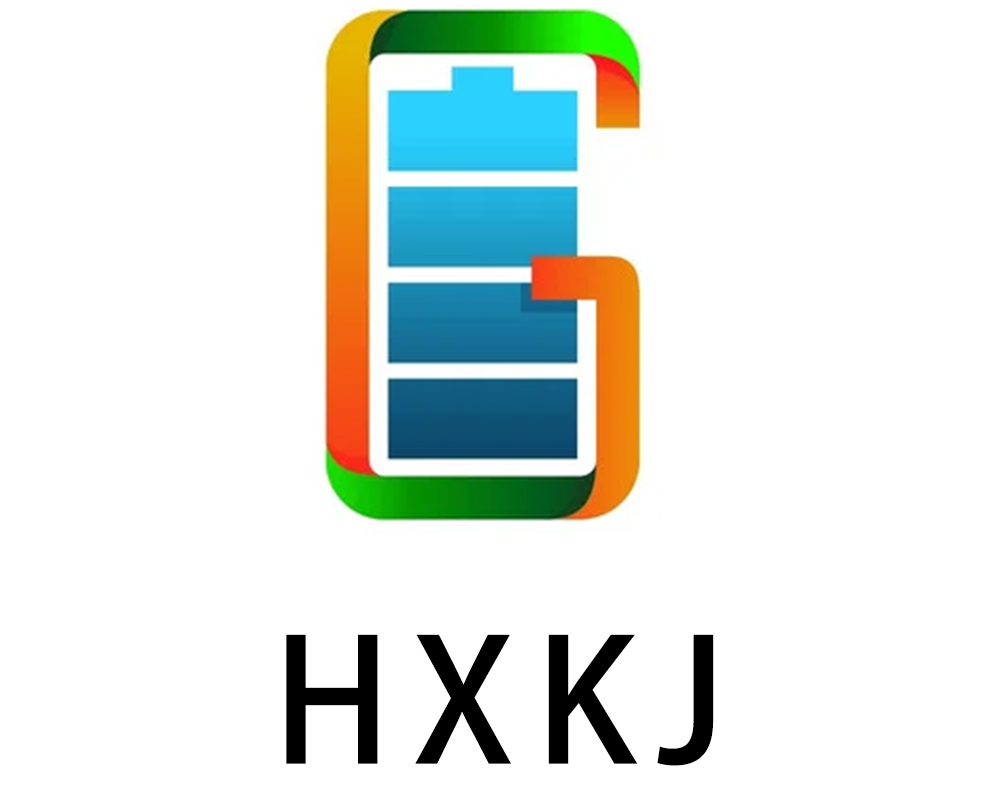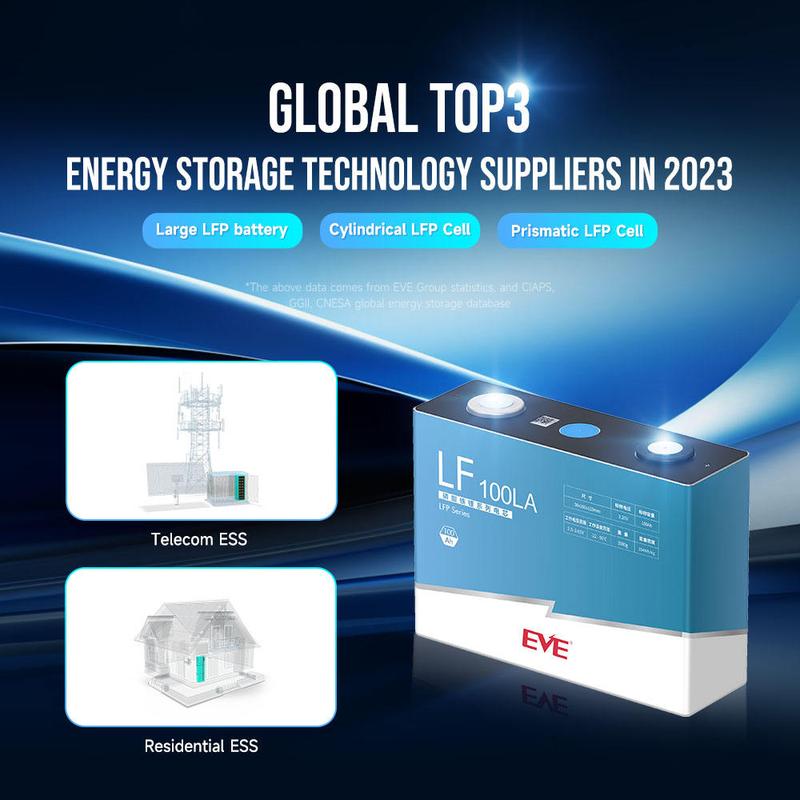-
Guoli Building, Zhonghang Road
Solid-state battery commercialization timeline
Commercialization Timeline of All-Solid-State Batteries: Technological Breakthroughs and Market Projections
1. All-Solid-State Batteries: Why Are They Called a “Battery Revolution”?
Let me start with an analogy – traditional lithium batteries are like “liquid bombs,” filled with flammable liquid electrolytes that can catch fire if damaged or leaking. All-solid-state batteries replace the liquid with “solids,” basically adding a “safety lock” to the battery. The bigger deal? They can pack in more “energy”: using lithium metal as the anode (instead of graphite in traditional ones), their theoretical energy density could jump from the current 300Wh/kg to over 500Wh/kg. If this becomes a reality, electric cars might cruise 1,000km as easily as a walk in the park, and phones could last three days on a single charge – no joke.
2. Technological Breakthroughs: Three Electrolyte Routes “Showcasing Their Strengths”
The core of all-solid-state batteries is the “solid electrolyte,” which needs to let lithium ions zip around quickly (high ionic conductivity) while getting along well with the cathode and anode (low interfacial impedance). Right now, three main technological routes are competing:
1. Inorganic Solid Electrolytes: The “Tough Guys” Leading the Tech Charge
Divided into oxides and sulfides. Sulfides have the highest conductivity (up to 10⁻² S/cm, close to liquid electrolytes), but they’re water- and oxygen-sensitive – production has to happen in glove boxes, upping costs. Oxides (like LLZO) are more stable but less conductive (10⁻³-10⁻⁴ S/cm). Toyota is betting on sulfides, unveiling a new sulfide electrolyte in 2023 that cut interfacial impedance by half; CATL is pushing oxide routes, with 2024 patents showing conductivity improvements via surface modification.
2. Polymer Electrolytes: The “Flexible Early Birds”
Mainly PEO (polyethylene oxide)-based materials. Their pluses? Soft, easy to process, and can snuggle up to electrodes. Minuses? They only conduct at high temps (over 60°C) and can’t hit high energy density. France’s Bolloré has long used polymer solid-state batteries in low-speed EVs, but complaints about range and charging speed mean they “got up early but missed the bus.”
3. Composite Electrolytes: The “Mixed-Blood” Dark Horses
Blending inorganic and polymer materials to get the best of both worlds. Take QuantumScape (founded by ex-Tesla engineers) – their composite membrane uses ceramic particles to prop up the polymer structure, keeping flexibility while boosting conductivity. In 2023, their 10-layer cell retained 80% capacity after 1,000 cycles, nearing commercial standards.
3. Performance Deep Dive: Clear Advantages, but “Growing Pains” Abound
The upsides of all-solid-state batteries are obvious: safety (no leaks, no fires), high energy density (can fit more lithium metal), long cycle life (solid electrolytes curb lithium dendrites). But the downsides are real too:
- High interfacial impedance: Solid electrolytes don’t stick well to cathodes/anodes, making lithium ions move sluggishly – slow charging speeds;
- Mass production challenges: Sulfides need oxygen-free production environments; equipment costs are 3x traditional lines;
- Steep costs: Current cost is ~2,000 yuan per kWh, over double that of lithium iron phosphate.
4. Global Players Racing: Which Chinese, Japanese, and U.S. Firms Will Cross the Finish Line First?
Hundreds of global companies are working on all-solid-state batteries. Let’s check out some “top contenders”:
| Company/Institution | Tech Route | Current Progress | Target Commercialization Time |
|---|---|---|---|
| Toyota (Japan) | Sulfide electrolyte | Completed testing of 20Ah cells in 2023, with cycle life exceeding 1,000 cycles | 2027-2028 |
| QuantumScape (U.S.) | Composite electrolyte | Delivered A0 samples to Volkswagen in 2023; 10-layer cell energy density reached 400Wh/kg | Small-scale production in 2026, mass production in 2028 |
| CATL (China) | Oxide + composite electrolyte | Launched “condensed matter battery” in 2024 with 500Wh/kg energy density; samples sent to automakers | Small-scale production in 2025, large-scale application in 2028 |
| Qing Tao Energy (China) | Oxide electrolyte | 1GWh production line built in 2023, supplying solid-state battery models to an automaker | Expand to 10GWh by 2025 |
5. Commercialization Timeline: From Labs to Car Factories – How Long?
Considering tech progress and company plans, all-solid-state battery commercialization may unfold in three stages:
- 2025-2027: Small-Scale Trials – First used in high-end EVs (e.g., million-yuan luxury cars), drones, and premium consumer electronics, prioritizing “safety + long range” despite high prices;
- 2028-2030: Large-Scale Application – As production matures and costs drop (projected below 1,000 yuan/kWh), mainstream EVs start adopting them, with small-scale use in energy storage;
- Post-2030: Full Replacement – Tech fully mature, costs match liquid batteries, spreading across EVs, energy storage, and consumer electronics.

6. Reconstructing the Industry Chain: Who Benefits? Who Faces “Crisis” but Sees “Opportunity”?
The rise of all-solid-state batteries will be like a “domino,” shaking up the existing lithium battery industry chain:
- Winners: Solid electrolyte material suppliers (e.g., sulfide/oxide producers), lithium metal anode suppliers, high-end equipment makers (e.g., vacuum sintering furnaces, precision coaters);
- Losers: Traditional electrolyte (15% of liquid battery cost) and separator (10%) companies, facing “replacement risk”;
- Transformation Opportunities: Existing battery manufacturers (e.g., CATL, BYD) can strengthen their leading positions by early solid-state tech adoption; material firms (e.g., Tianci Materials, Enjie) can pivot to solid electrolyte R&D.
7. Scenario-Based Projections: Which Will “Taste First” – EVs, Energy Storage, or Consumer Electronics?
Different scenarios have different battery needs, leading to varying commercialization timelines:
| Application Scenario | Key Demands | Commercialization Projection |
|---|---|---|
| Consumer Electronics (Phones, Laptops) | Small size, high safety, long range | 2025-2027: Premium models (e.g., flagship phones, ultra-thin laptops) first adopt; 2030: Mainstream models popularize. |
| Electric Vehicles | High energy density, low cost, fast charging | 2027-2028: Small-scale use in high-end models (e.g., Porsche, NIO); 2030: Large-scale application in 200,000-300,000 yuan mainstream models. |
| Energy Storage (Power Grids, Base Stations) | Long life, low cost, high safety | Post-2030: Gradually replace liquid batteries as costs drop below 500 yuan/kWh. |
Conclusion: The Revolution Won’t “Arrive Overnight,” but It’s on the Way
All-solid-state batteries are indeed “the batteries of the future,” but it’ll take 5-10 years of “grinding” to go from labs to our EVs and phones. Key during this period: tech breakthroughs (especially interfacial issues), cost reduction (via scale production), and industry chain coordination (materials-equipment-battery makers working together). In short, commercializing all-solid-state batteries isn’t a “solo act” by one company – it’s a “team sport” for the entire industry. Let’s be patient – after all, a real battery revolution is worth waiting for.
Please enter your email address below and we will send you the latest brochure!
Email: [email protected]


